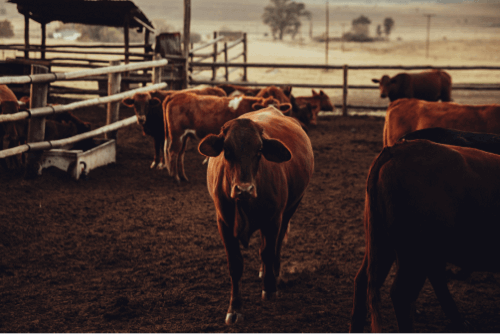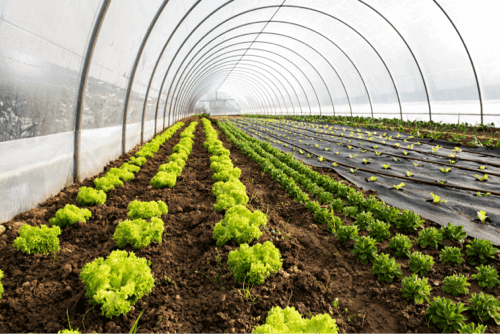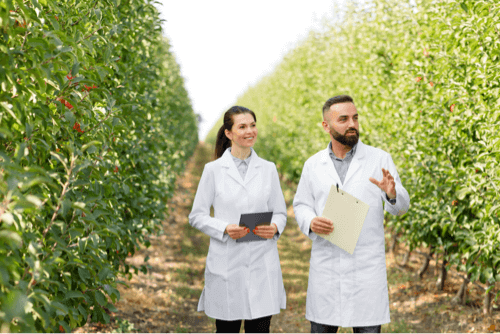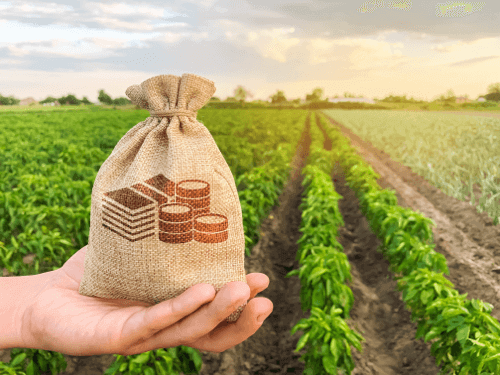
Agriculture and Livestock: Essential productive sectors for the Brazilian economy
Currently the country is going through a general crisis in all its sectors, but some that have always been flagships in the Brazilian industry are also in difficult situations, agriculture and livestock are currently undergoing a transport crisis.
According to the Luiz de Queiroz Higher School of Agriculture, the highways are transporting 10% less soy, a figure that covers a period of ten years (2010 to 2019). This has been due to an outflow of Brazilian production, which lately has been forced to adapt in order to survive.
An example of this is the increase in soybean transportation by rail, which, according to the same study, increased by 3.8%, which demonstrates the rail sector as an available alternative for this flow. In November 2021, the Confederation of Agriculture and Livestock in Brazil promoted the live “Railways: Which trails do Brazilian agricultural products travel on?”, an indication that railways can increasingly become a definitive way of transporting cargo in the country. Brazil.
Content Index
Agriculture and Livestock

Agriculture and farming have some differences between them that should be noted here. While agriculture, which is the cultivation of plants and the techniques that this involves in order to extract food, clothing and the like, agriculture is the combination of this with the cultivation of cattle, swine, poultry and other animals. Both belong to agribusiness, but they differ greatly when it comes to organization.
Those who belong to agribusiness in general, for example, belong to different phases of the industrial sector, as they are both in the primary production sector (agriculture and livestock) and in the tertiary marketing sector.
Main types of agriculture

There are a few types of farming that exist. Among them are the family, which is a type of independent production and which in Brazil serves as an expressive domestic and commercial supplier, which has been of great importance for the integration of new technologies such as sustainable agriculture, which produces based on generating impact. minimal or negative impact on the environment, organic agriculture, which does not use pesticides, natural agriculture that uses natural resources and permaculture, which involves permanently altering the ecology of a place according to the desired production.
In Brazil, the most important are the first two, however, several can be integrated according to a specific objective. Therefore, what currently holds more interest for the country is large production and modern production, which can encompass the domestic and foreign markets and also associate different means of distribution such as railways and various means of production such as sustainable and organic methods. .
Therefore, despite family production being important for the country, it is interesting to note how modern methods can become expansive and evolve over time, being able to integrate even, who knows, in the future, independent productions.
Current scenario of the agricultural market

Agriculture and livestock also have other things in common. An example is the modernization in the field and the role of certain technological sectors in this process.
Machines in the fields, which have been present since the second half of the last century, can encompass both vehicles used in the field and transport used in distribution.
The biggest problem currently lies precisely in the distribution and flow of production, because although the grain, coffee and sugar cane sector are growing, the road sector is increasingly reaching its limit. Production for the foreign market is also increasing more and more, given that Brazilian agriculture and livestock farming have always been more focused on exports.
However, despite this production increasing, there is currently no means of transport capable of moving more than 200 million head of cattle (second largest number in the world), or the corn that Brazil is the third largest producer in the world, or the coffee that Brazil exports 70% of the national production.
That is why the railways are a positive alternative to this crisis in Brazilian agriculture and livestock.
Main products of Brazilian agriculture

Brazilian Agriculture has all the commodities of agriculture and livestock combined. However, within it there are several means of agricultural culture. There is extensive farming, characterized by family production, low productivity and lack of technology.
And also intensive farming, which has a high use of technology, produced in developed countries and regions and with a high production rate.
Intensive farming is perhaps the answer for Brazilian agriculture and livestock, because, as seen before, it is capable of integrating both commercial agriculture and international distribution. It is a type of production that involves more sophisticated logistics and that demonstrates how this can start by solving the final part of the product: its distribution. That can happen through the railroads or with the partnerships made with the private companies.
Conclusion on agriculture and farming
In conclusion, it is clear that in Brazil the situation is at the perfect time for the advancement of sectors, both commercial, agricultural and transport. By uniting the three in a solution that can bring about a change in Brazilian infrastructure, it is possible to see a new future for agriculture and livestock within the country.
Searchs:












